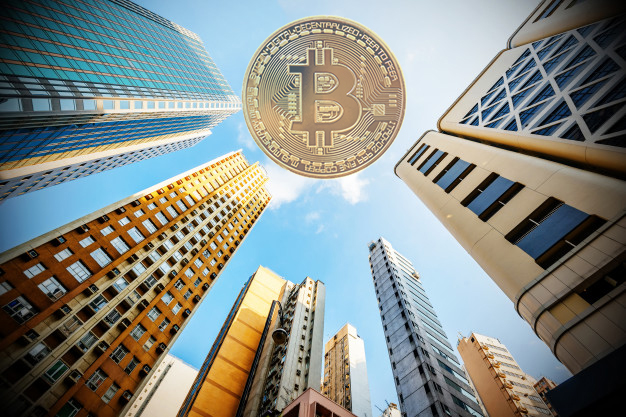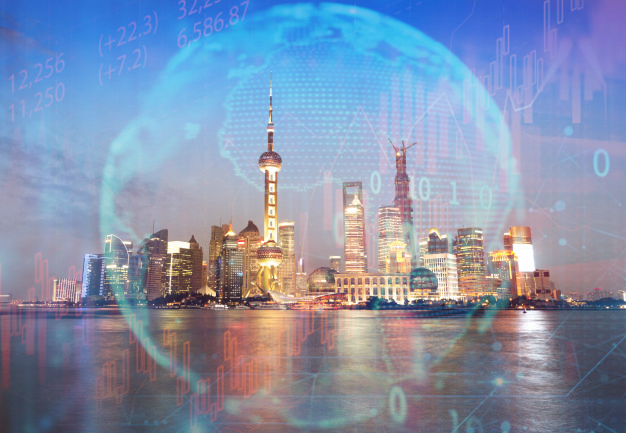
Changes in Organizational Culture in the Digital Age
The banking industry has now entered a new era. The era of banking 4.0 which was introduced in 2017. Banking can be done everywhere
delivered in real time through technological excellence. Besides being dominated by real time activities, also contextual experience
and touchless involvement, as well as a series of other activities based on intelligent AI (artificial intelligence).
Most of them are through digital omni channels, without physical distribution channels.
Program

The Dilemma Between Spin Off or Conversion
All efforts continue to be made by the government to boost the market share of Islamic banking which has for years stagnated in the range of 5 percent. OJK (Financial Services Authority)
data as of January 2019 shows that the market share of Islamic banking is at 5.94 percent of the total banking industry, compared to neighboring Malaysia which is already 27 percent.
Passing the 5 percent psychological level is indeed an exciting story, but now that level should also be surpassed considering
that Indonesia is the largest Muslim country in the world. Leverage is needed as a booster so that it does not linger trapped in a swirl of 5 percent trap.
Program

Central Bank Digital Currency
The disruption of technological innovations related to the banking industry seems to be increasingly difficult to avoid
especially being stopped. Initially regulators considered it only as a normal phenomenon that did not need to be overreacted.
However, in line with the magnitude of the perceived disturbance, in the end the regulators is faced with the choice
to remain consistent with what has been going on so far or on the contrary it starts to regulate.
Program

Lessons from China about Peer to Peer Lending (P2P)
The rapid growth of P2P Lending is often not directly proportional to the quality and security.
In the context of P2P Lending in China for example,
rapid growth turned out to be followed by a series of disruptive impacts on their national financial system.





